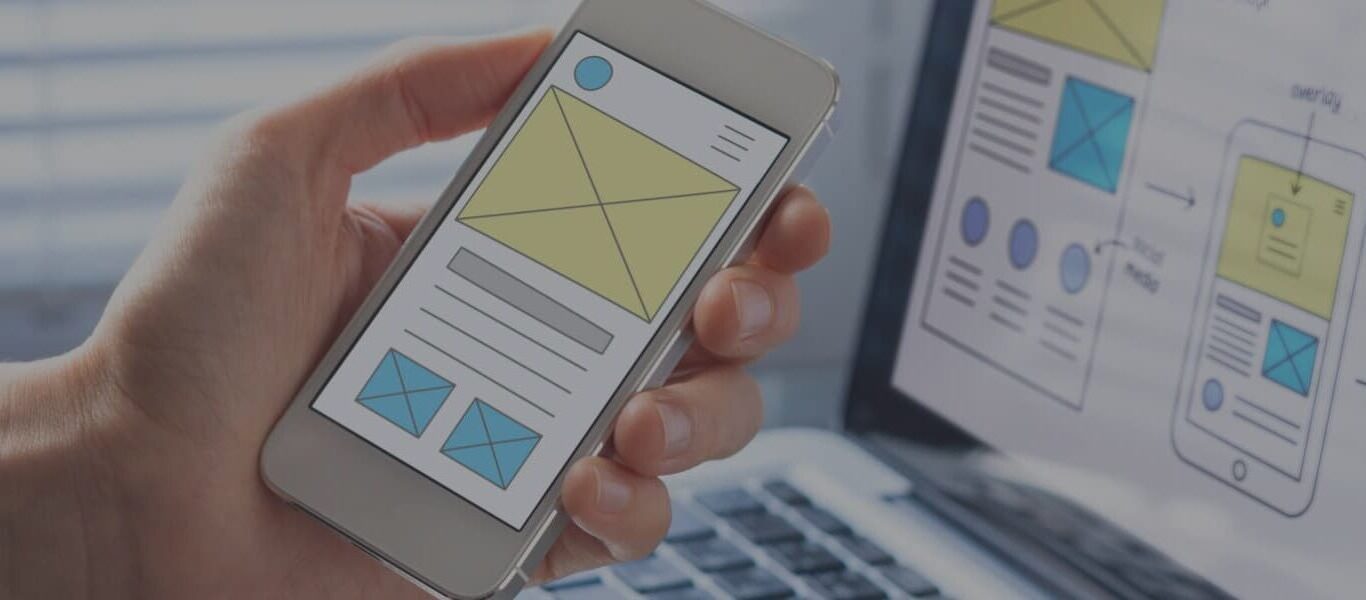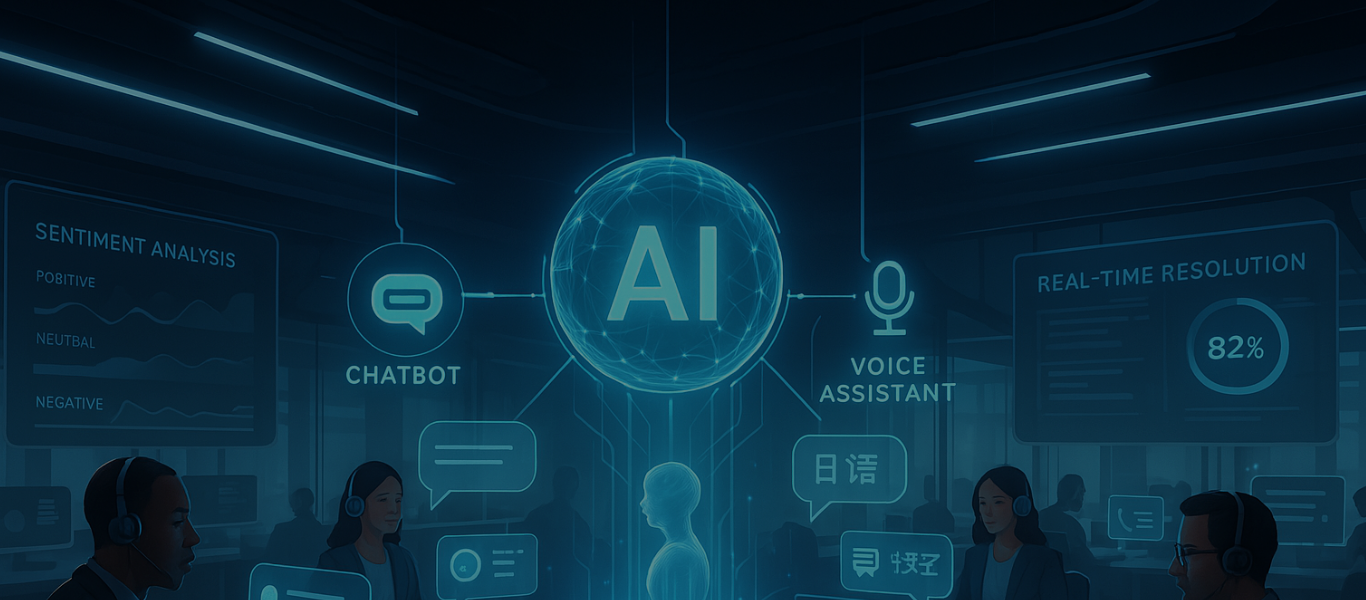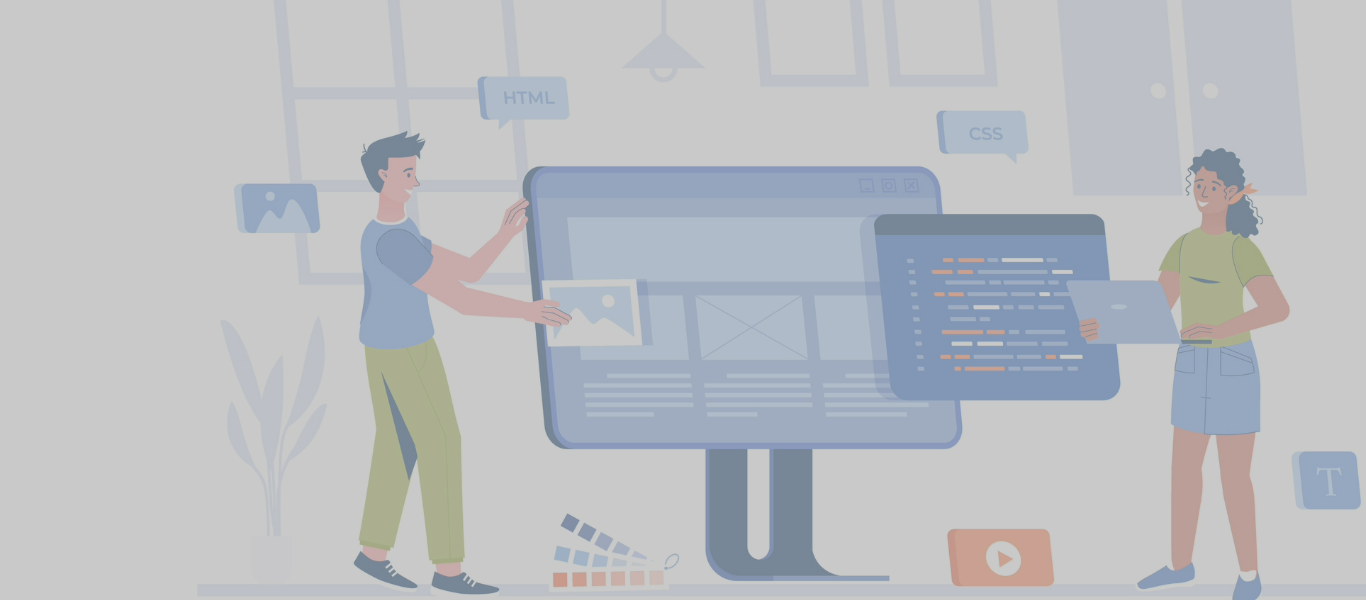We all know about “Jakob Nielsen’s 10 heuristics for interface design” (#1) and we have used them too! Given the nuances of mobile design, we have to apply the principles of interface design with greater precision. I recently came across “Ten heuristics for the mobile design environment“ by Savio and Braiterman (#2). I have found them really useful and would like to share them with you.
1. User-Driven Interactions
Mobile interactions must be user-driven. Since mobile devices are used by individuals, the material used to create them must be desired, welcomed, and sought by the user. Non-verbal engagement with mobile devices is an important factor.
We all agree that “Content is King” in the mobile-first approach. But, an initial mobile device drawing is created or made based on the material. Designing interactions should reflect what is expected and asked. Mobile interactions should be viewed as objects that vibrate, alter temperature, or display lights and other ambient cues of virtual presence without interfering with other activities.
2. Experiences from Legacy User Models
The Mobile phone is a result of earlier user models. Conceptual and mental models are taken into account while developing user experience design for a new product! We consider how people are currently resolving the issue, and then build a solution to fit the mental model.
However, an important contributor is also the inputs from initial adoption, past experiences with personal computers and landline telephones. We now refer to “dialing” even though we use phones without rotary dials.
3. Ease Of Use
Mobile demands usability. Because of the smaller screens, varied interactions, etc., the mobile design must prioritize usability.
With the help of fewer options and guided navigation, one may make the website easier to use.
In many cases, people utilize products or websites with just one hand. Additionally, the user may enter data using a keypad. Shortcodes or QR codes should also be used instead to assist users.
4. No Disruptions
This principle is primarily used in enterprise systems, where tasks are created for users to complete quickly and with the fewest clicks possible. When creating these tasks, we must consider interruptions. similar to how to disable or ignore notifications.
Mobile users dislike being constantly interrupted. Design must enhance the user’s experience rather than constantly detract from it.
5. Different Intensities And Durations
Users of mobile devices are always connected to them. This creates the possibility for interactions with variable durations and intensities. The design must take into account the fact that not every mobile device interaction will be the same.
Mobile experiences of various intensities and lengths are made possible by the gadget acting as a constant companion. There are opportunities for several interactions throughout the day or week when the device is always available. Games and quick chores can fit into consumers’ daily activities in addition to retaining their interest over time. Asynchronous communication, such as text messaging ensures interaction models that do not interfere with other tasks.
6. Interactions Beyond The Devices
Beyond the device, mobile users will anticipate ongoing user experiences. It will be necessary for user experiences to connect to computers, GPS software, and other services, and this should be taken into account throughout the design stage.
Beyond the device, mobile interactions can happen. Users may prefer to enter information on the Web from a personal computer, with results shown on a mobile device (as is currently possible with the integration of Google maps on the mobile). As voice and text services become more integrated, we may be able to call in for services and receive SMS notifications on our phones. Additionally, networked services and environmental sensors can trigger a response from the mobile device.
7. Intuitive And Rapid
Mobile interactions could be minor components of larger user objectives. Finding an address is not a goal in and of itself; rather, the objective is to reach the lesson. The user is more likely to accomplish that more important goal if using the equipment is simple.
8. Peer To Peer Mobile Marketing
Peer-to-peer advertising will be the most trusted by mobile users.
Users of mobile phones are more likely to reply to communications that friends send them or forward to them. Influencer marketing and sponsored platforms prioritize trusted content. Mobile social networks can act as a decision-making tool in a variety of settings and scenarios, developing new “mixed realities” that combine the virtual and physical worlds.
This indicates brand-new marketing prospects in the social sphere. It will take considerable design thinking to combine the social and marketing opportunities.
9. GPS For Going Beyond Mobile
GPS will be expected to improve the experiences of mobile users. The ability to interact with the environment outside of the mobile will be made possible via GPS capabilities.
The mobile phone will be able to offer services that reshape our social networks and the locations we live once GPS becomes widely available. It’s not difficult to picture a combined local directory and navigation on the phone, as tiny carriers are already launching services to identify pals on a map. We will soon be able to annotate and find other people’s virtual remarks on the real world we live in. This is the equivalent of writing your name in a tree in the digital age, and it might have unintended effects on retail and public areas.
10. Dumb Terminal
Using mobile technology might result in a “dumb terminal,” with additional processing happening elsewhere in the network.
The processing power of mobile phones won’t be the only restriction. The mobile phone can act as a “dumb terminal” for networked enormous computing services as a single node in a system of plentiful computing. The mobile phone may work as a remote control for intelligent settings and serve as a personal display, wallet, ticket, and key to open doors.
A version of this blog was published in UX Design Bootcamp earlier.
References
- 1. Jakob Nielsen, Jakob Nielsen’s 10 heuristics for interface design https://www.nngroup.com/articles/ten-usability-heuristics/
- 2. Savio and Braiterman, Ten heuristics for the mobile design environmenthttps://www.researchgate.net/publication/251426534_Design_Sketch_The_Context_of_Mobile_Interaction














